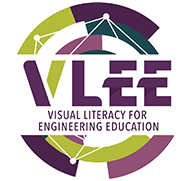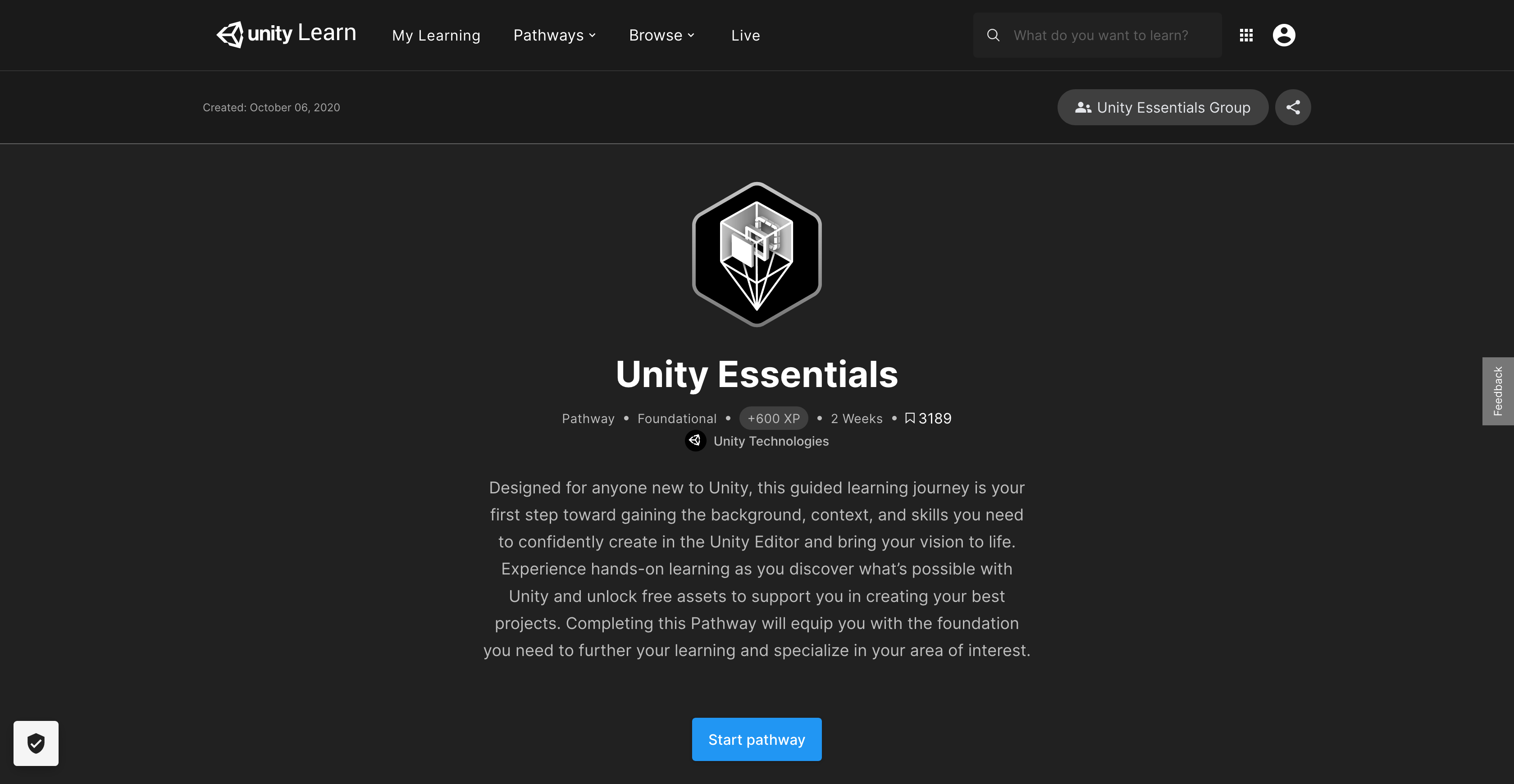Interpretation of forms in an engineering context is about the interpretation of an element/assembly using engineering means and developing a specific understanding of the element through creation. Furthermore, it is about understanding the meaning of an element/assembly in terms of technological purposes. The following skills, abilities and knowledge are related to it:
- Visual perception/discrimination/recognition
- Understanding of an object through creation
- Visual Association
Some examples of the interpretation of forms in the context of engineering are:
- Translate the effect of an image into ideas and concepts
- Perceive the functionality of a part/assembly
One tool that can be used for this is UNITY. UNITY is a cross-platform game engine for creating 2D and 3D computer games or other interactive materials, such as visualizations or animations. This engine is written in C, C ++ (Runtime) and C # (Unity API). Games created on the Unity engine support many platforms, including Windows, Linux, and Android. Virtual reality helmets such as the Oculus Rift and Gear VR are also compatible with Unity. Games created in Unity after installing the Unity Web Player plug-in can also run in a web browser.
Game engines in general can provide a wide range of benefits to engineers. Some of these benefits are Immersive design reviews, experience-based design, design visualization, structural engineering etc. The interpretation of forms is about understanding an object according to a technical perspective: for example, to perceive the parts of a bicycle and understand how it works by seeing it. To learn this competence we need a tool that can visualize a digital mock-up that is close to the real object, for which UNITY is a good choice.
Advantages and disadvantages
Using UNITY has the following advantages and disadvantages:
Advantages:
- Unity is a great app for Game development. It is very effective when rendering 2D and 3D scenes. In the context of engineering interpretation it’s best use is the rendering of 3D images.
- Unity is excellent for cross-platform development and multiplatform games. Platforms like Unity have made the process quite simple. Using cross-development platforms, a single script can be compiled and used for many platforms.
- The tech support for Unity is efficient. The tech support members are also highly skilled and can be relied upon in case of any technical issues.
- Excellent visual platform
- The Unity game engine is also easy to use compared to many other technologies.
- Cost efficient
Disadvantages
- Physics – in Unity 5 engine, the built-in support for the PhysX physics engine has some performance issues and lacks some important functionalities
- License cost – the developers need to have licenses for the best graphics, deployment and performance improvements. These licenses are expensive to purchase. Moreover, the use of rendering, buffer support, stencil support and pretty more features scale up the development costs due to expensive licenses.
- Source code – the code is stable in Unity as opposed to other engines and packed with a great architecture that improves the game app performance. However, unavailability of the source code makes finding, addressing and fixing the performance issues difficult.
- Memory hogging-the game developed leveraging Unity engine consumes more memory, which in turn creates OOM errors and debugging issues in the apps.

Videos and extra material

